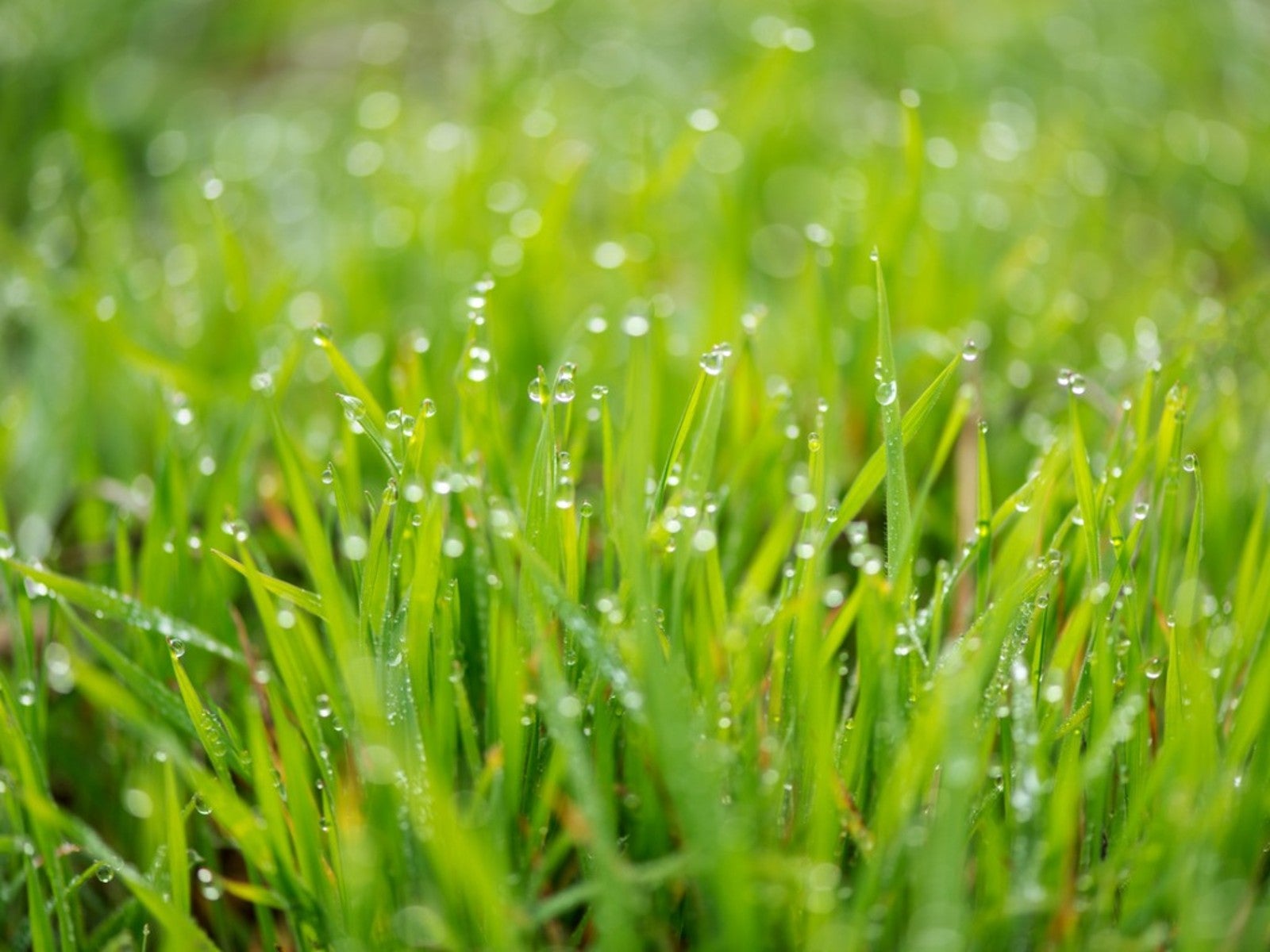When To Mow Wet Grass And When To Wait


A common scenario in home lawn care is a period of rain that prevents you from mowing. The grass keeps getting longer, and you’re itching to do something about it. But is it too wet to mow the lawn? How do you know?
Can You Mow Wet Grass?
Yes, you can mow wet grass, but it isn’t generally recommended. Mowing wet grass isn’t inherently bad for turf, but there are good reasons to avoid it as much as possible. One reason is that the mower wheels are more likely to slip, spin, and slide through the wet dirt, pulling up grass.
Mowing over wet turf can also cause a lot of soil compaction, which isn’t ultimately good for grass. Compacted soil restricts the flow of water, nutrients, and oxygen. Damage to grass and soil is more likely with bigger mowers.
Finally, your mower won’t like the conditions. It is more likely to get clogged with grass, which will require a lot of stopping to clear out the blades. You’ll need to pick up those clumps too, as they block the growing grass from sunlight.
Tips for Mowing a Wet Lawn
If you can stand to wait for the soil to dry before cutting, do so. If the grass is very long and you need to cut it, let it dry out for as long as possible.
If you’re going to be cutting wet grass, follow these tips for less damage and better results:
- Cutting can be a little more difficult when the grass is wet. Get your mower blades sharpened for easier, cleaner cuts.
- Even if your grass has been growing out of control with the rain, resist the urge to cut it short. Never cut it by more than one-third of its height. Setting the mower too low leaves the grass vulnerable and will also create more clumps of wet cuttings. Mow again in a few days to take a little more off the top.
- Use a side-discharging mower if possible. A mulching mower creates more clumps.
- One way to deal with leftover wet clumps from a mulching mower is to go over them after cutting. Another is to bag the clumps.
- Take it more slowly than usual, especially at the turns, to avoid slipping and tearing up the turf or rutting the soil.
- Clean off the blades after cutting a wet lawn.
Mowing after the rain is never ideal. Let the soil dry out for as long as you can to avoid damage to your lawn.
Sign up for the Gardening Know How newsletter today and receive a free copy of our e-book "How to Grow Delicious Tomatoes".

Mary Ellen Ellis has been gardening for over 20 years. With degrees in Chemistry and Biology, Mary Ellen's specialties are flowers, native plants, and herbs.